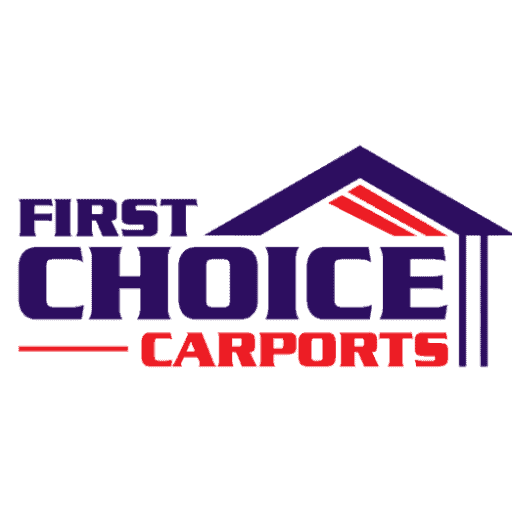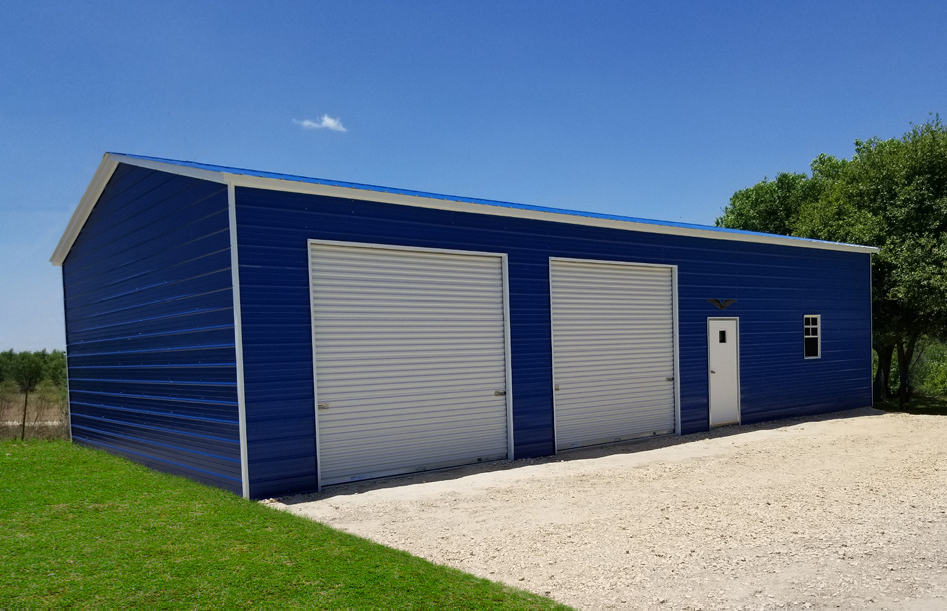Metal buildings have become a popular choice for various purposes, such as commercial, residential, agricultural, and industrial. However, buying a metal building can be overwhelming, especially if you’re new to this type of construction. To help you make an informed decision, we’ve compiled a list of 10 essential factors to consider when buying a metal building.
1. Purpose
The first thing you need to determine is the purpose of your metal building. Are you planning to use it as a workshop, storage facility, office, garage, barn, or home? Each purpose may require specific features, such as insulation, ventilation, lighting, doors, windows, or partitions. Therefore, it’s important to clarify your needs and expectations before you start shopping for a metal building.
2. Size
The size of your metal building will depend on several factors, such as the purpose, the available space, the local codes and regulations, and the budget. Metal buildings can range from small sheds to large warehouses, and you can customize the dimensions to fit your requirements. However, keep in mind that the larger the building, the higher the cost, and the more complex the installation.
graph LR A[Available Space] --> B[Purpose] B --> C[Local Codes and Regulations] C --> D[Size]
3. Style
Metal buildings come in different styles, such as the gable, the gambrel, the monitor, the clear-span, and the custom. Each style has its own advantages and disadvantages in terms of design, function, and cost. For instance, the gable style is simple and affordable, but may have limited height and storage space. The gambrel style has more headroom and storage space, but may require more materials and labor.
graph LR A[Design] --> B[Function] B --> C[Cost] C --> D[Style]
4. Material
The material of your metal building will affect its durability, energy efficiency, appearance, and maintenance. The most common materials for metal buildings are steel, aluminum, and galvanized steel. Steel is strong, fire-resistant, and recyclable, but may rust or corrode over time. Aluminum is lightweight, rust-resistant, and flexible, but may dent or scratch easily. Galvanized steel is coated with zinc to prevent rust, but may be more expensive than plain steel or aluminum.
graph LR A[Durability] --> B[Energy Efficiency] B --> C[Appearance] C --> D[Maintenance] D --> E[Material]
5. Color
The color of your metal building may seem like a minor detail, but it can have a significant impact on its aesthetics, visibility, and heat absorption. Most metal buildings come in a range of colors, such as white, gray, blue, green, red, and beige. Some manufacturers offer custom colors or finishes, such as textured, metallic, or reflective. Consider the surroundings, the purpose, and the climate of your metal building when choosing the color.
6. Foundation
The foundation of your metal building is crucial for its stability, safety, and longevity. The type of foundation will depend on the soil conditions, the local codes, and the size and weight of the building. The most common types of foundations for metal buildings are the concrete slab, the pier and beam, and the perimeter wall. The foundation should be level, compacted, and reinforced to support the weight of the building and resist the forces of wind and seismic activity. Take a look at this comprehensive guide about building permits
graph LR A[Soil Conditions] --> B[Local Codes]
7. Accessories
Metal buildings can be customized with various accessories, such as doors, windows, skylights, vents, insulation, gutters, and lighting. These accessories can enhance the functionality, comfort, and safety of your metal building. For instance, insulation can regulate the temperature and reduce the noise inside the building, while gutters can channel the rainwater away from the foundation. Choose the accessories that suit your needs and budget.
8. Installation
The installation of your metal building should be done by professional and experienced contractors who are familiar with the local codes and regulations. The installation process may involve site preparation, foundation pouring, panel assembly, roof installation, trim installation, and accessory installation. The installation time may vary depending on the size and complexity of the building, as well as the weather conditions.
9. Warranty
The warranty of your metal building is an important factor to consider, as it can protect your investment and give you peace of mind. Most metal building manufacturers offer warranties for the materials and workmanship, ranging from 10 to 40 years or more. Some warranties may cover the repair or replacement of the defective parts, while others may cover the labor costs or the shipping costs. Read the warranty terms and conditions carefully and ask the manufacturer for clarification if needed.
10. Cost
The cost of your metal building will depend on several factors, such as the size, the style, the material, the accessories, the installation, and the location. Metal buildings are generally more affordable than traditional buildings, but the cost can still add up quickly if you choose a larger or more complex design. Compare the prices and features of different metal building manufacturers and contractors, and choose the one that offers the best value for your budget and needs.
graph LR A[Size] --> B[Style] B --> C[Material] C --> D[Accessories] D --> E[Installation] E --> F[Warranty] F --> G[Cost]
In conclusion, buying a metal building requires careful planning, research, and decision-making. By considering the 10 essential factors outlined above, you can ensure that your metal building meets your needs, preferences, and expectations, and provides you with a durable, efficient, and attractive structure that can last for years to come.



Recent Comments